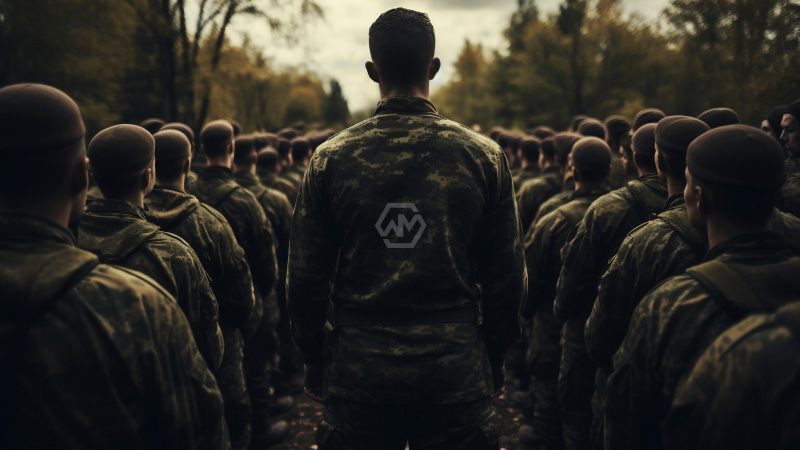- Russia hands over 6,060 Ukrainian soldiers’ remains, ready to return 2,239 more.
- Ukraine strikes deep into Russia, targeting a drone factory in Tatarstan.
- EU pushes for tougher sanctions; U.S. shows reluctance under Trump.
Russia has returned the bodies of over 6,000 Ukrainian soldiers in one of the largest wartime repatriations to date, a move confirmed after recent Istanbul talks.
Meanwhile, Ukraine has expanded its military reach by launching a strategic drone strike on a facility in Russia’s Tatarstan region, more than 1,200 km from the frontline.
Drone Strikes and Diplomacy: Ukraine-Russia War Enters New Phase
Ukraine’s drone attack on Russia’s Yelabuga district marks a significant escalation in its defensive strategy. By targeting a facility used to manufacture and launch drones into Ukraine, Kyiv is sending a clear message that its military capabilities now extend deep into Russian territory.
The fallout from the attack included civilian casualties and industrial damage, further exposing vulnerabilities within Russia’s rear defense. Although Russia claimed to have intercepted the drone, debris from the destruction still caused a deadly fire, igniting debate over the efficacy of Russian air defenses.
On the diplomatic front, Russia’s return of more than 6,000 Ukrainian soldiers’ bodies suggests a rare moment of coordination. The Kremlin’s willingness to hand over another 2,239 remains indicates a possible effort to project a more humanitarian stance, even as active combat continues.
Simultaneously, European Commission President Ursula von der Leyen has called for greater international unity on sanctions against Moscow. While the EU prepares its 18th sanctions package, tensions persist with the U.S., where Donald Trump has hesitated to pressure Vladimir Putin, raising questions about the future of transatlantic alignment on the war.
As military confrontations intensify and diplomacy treads carefully, the war between Ukraine and Russia is entering a phase defined by long-range strikes, humanitarian gestures, and political divergence among allies.
“The war is not only fought on the battlefield but also in the hearts of those waiting for closure.” — Unknown



